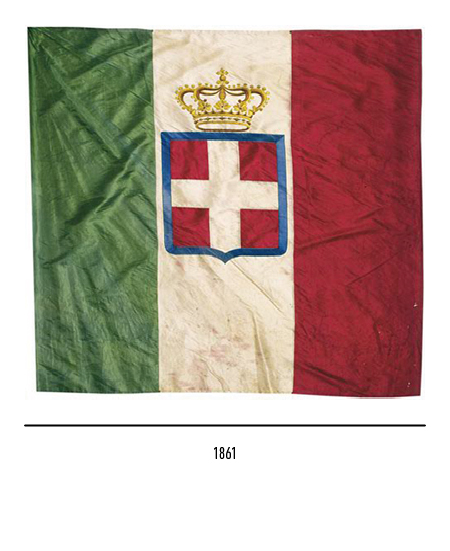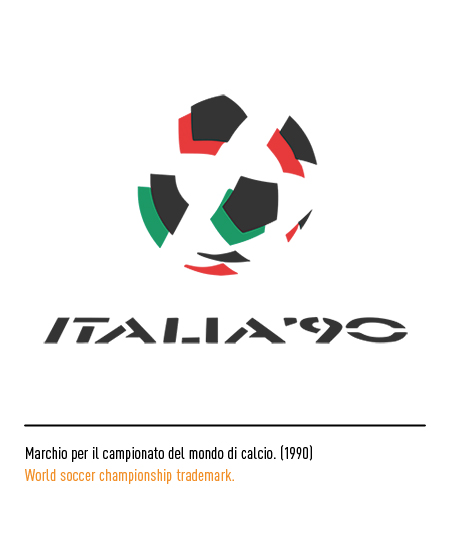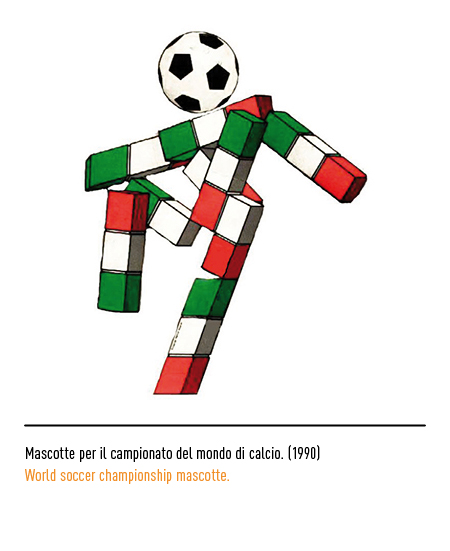Like other flags, even that of Italy is inspired by the French flag introduced with the revolution of 1789. The first campaign of Italy, which Napoleon waged between 1796 and 1799, crumbled the ancient system of states in which the peninsula and tricolor flags were adopted by the numerous republics of Jacobin inspiration with a clear democratic imprint (Ligurian Republic, Roman Republic, Neapolitan Republic, Anconitana Republic); but also by the “Italian” military units that flanked the French army, characterized by three bands of equal size. In particular, the regimental banners of the Lombard Legion presented, in fact, the colors white, red and green, strongly rooted in the collective heritage of that region: white and red, in fact, appeared in the municipal coat of arms of Milan (red cross on a white field ) while green were, since 1782, the uniforms of the Milanese Civic Guard.
The same colors, then, were also adopted in the banners of the “Italian Legion”, which gathered the soldiers of the lands of Emilia and Romagna; this was probably the reason that pushed the Cispadana Republic to confirm them in its own flag. In the center of the white band a quiver with four arrows, surrounded by a laurel wreath and decorated with a trophy of weapons. The Italian tricolor, as the national flag, was born in Reggio Emilia on 7 January 1797; at the beginning the tricolor was with horizontal bands with, from the top: red, white, green.
Most of the democratic republics did not survive the Austro-Russian counter-offensive of 1799 while others merged, after the second Italian campaign, into the Kingdom of Italy, which would last until 1814; in the middle of 1802 the shape becomes square, with three squares of the same colors enclosed in each other. In those years the flag was no longer perceived as a dynastic or military sign but as a symbol of the people, of the freedoms won and, therefore, of the nation itself. With the Congress of Vienna the tricolor flag was stifled by the Restoration but, in the years that followed, it continued to be raised, as an emblem of freedom, in the uprisings of 1831 and in the Mazzinian revolts. Abolished at the fall of Napoleon’s Kingdom of Italy, the tricolor was taken up, in its rectangular variant, by the patriots of the riots of 1821 and 1831. Mazzini chose it as the flag for his “Giovine Italia” and was immediately adopted by Garibaldi’s troops.
During the uprisings of ’48 / ’49, it flew in all the Italian states in which constitutional governments arose: Kingdom of Naples, Sicily, Papal State, Grand Duchy of Tuscany, Duchy of Parma, Duchy of Modena, Milan, Venice and Piedmont. In the latter case, the Savoy coat of arms (a shield with a white cross on a red background, edged in blue) was added to the flag in the center. In 1848 Carlo Alberto addressed the famous proclamation announcing the first war of independence to the populations of Lombardy-Venetia and ending with these words: “(…) in order to demonstrate with external signs the sentiment of the Italian union we want our troops ( …) Carry the Savoy shield superimposed on the Italian tricolor flag ”. A blue border was added to the dynastic coat of arms, to prevent the cross and the field of the shield from being confused with the white and red of the bands of the banner “.
In 1861 the Unification of Italy was proclaimed and its flag continued to be, by custom, that of the first war of independence. But the lack of a specific law in this regard – enacted only for military banners – led to the creation of banners of a different style from the original, often even arbitrary. It was only in 1925 that the models of the state flag were defined by law. The latter (to be used in the residences of sovereigns, parliamentary seats, of fi ces and diplomatic representations) would have added the royal crown to the coat of arms.
After the birth of the Republic, a presidential legislative decree of June 19, 1946 established the provisional shape of the new flag, confirmed by the Constituent Assembly in the session of March 24, 1947 and included in article 12 of our Constitutional Charter. The Italian flag is a tricolor made up of three vertical bands of equal size. Starting from the auction, the colors are: green, white and red.















